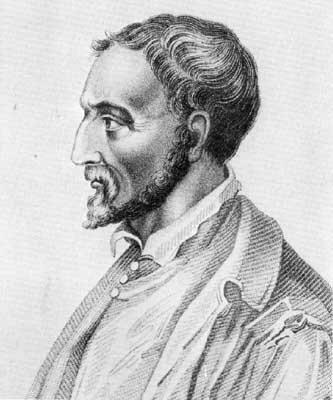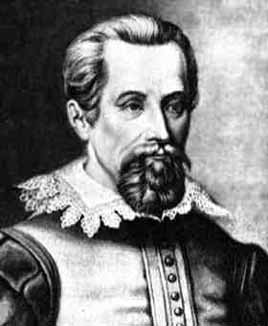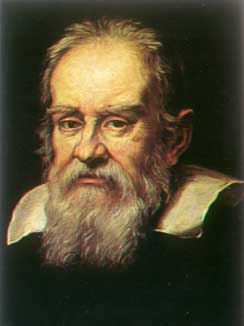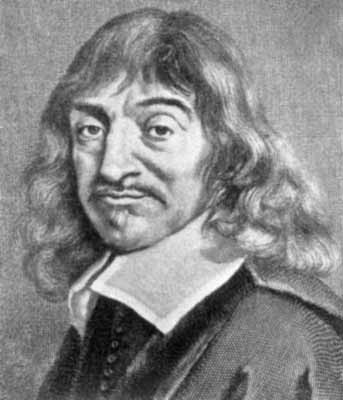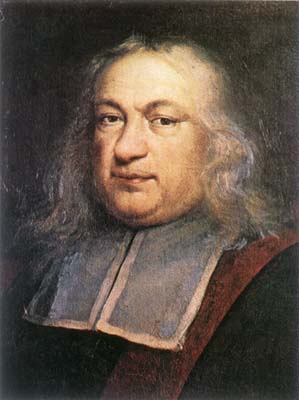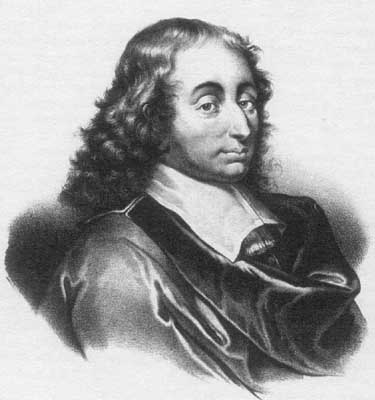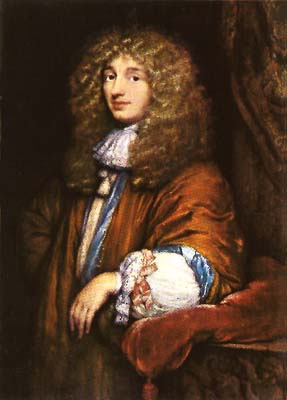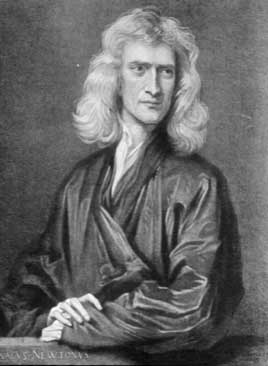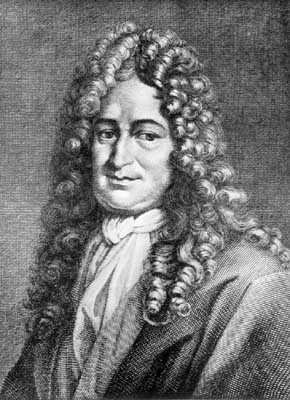| Girolamo Cardan |
1501-1576 |
Cardan, was a renowned Italian medical doctor and instructor in Mathematics. He wrote a treatise entitled DeLudo Aleae (Book on Games of Chance) (1550), which was not published until 1663. In this treatise, Cardan, who was also an avid gambler, presented some ideas of basic probability applied to games of chance using dice. This is the first historical record of probability theory. Some of his other mathematical contributions were Ars Magna (Great Art) on Algebra, which gave solutions to the cubic and quartic equations and Practica arithmetica et mensurandi singularis (Practice of Mathematics and Individual Measurements) (1539). |
|
Johannes
Kepler |
1571-1630 |
Kepler, an astronomer born in Germany, published a work entitled De Stella Nova in pede Serpentarii (1606). In this work, Kepler addressed the appearance of a new star, a supernova, and also results of tosses of dice. Kepler's major scientific contributions were in astronomy and optics. He discovered three major laws of planetary motion, he provided an explanation of the mechanics of vision, discovered how light works in a telescope, found new geometric figures, and more. The entirety of his works can be found in Gesammelte Werke and in Johannis Kepleri Astronomi Opera Omnia. Kepler suffered many hardships in his life, including the death of one wife, at least six children, and his mother being tried for witchcraft, a trial lasting from 1615-1621 when she was finally exonerated. |
| Galilei Galileo |
1564-1642 |
First published in 1718, and written by the Italian, Galileo, Considerazione sopra il Giuco dei Dadi contains work on a problem posed by a friend concerning how often the numbers 9 and 10 occur when summing the tosses of three dice. Galileo is best known for his work in astronomy, motion, and the invention of a high powered telescope. His invention of the telescope allowed him to make many new discoveries concerning the moon, sun, planets, and the universe. He was an advocate of the Copernican theory and for this was in constant threat from Rome and an Inquisition. In 1633, he was finally sentenced to life imprisonment for his support of the Copernican system in the book Dialogo sopra i due massimi sistemi del mondo, tolermaico e copernicano (Dialogue Concerning the Two Chief World Systems, Ptolemaic & Copernican). This sentence actually resulted in his spending the rest of his life in a villa near Arcetri. |
| Rene Descartes |
1596-1650 |
Descartes was a French philosopher, mathematician, lawyer, and scientist. He is famous for his quote, “I think therefore I am” which he considered to be a self-evident truth. Descartes broke from the traditional ways of thinking to establish a new system, which is based on logical reasoning. This deductive way of thinking encompassed all that he did. He is considered to be the father of the modern school of Philosophy and the first of the modern school of mathematics. Of his many writings are Discours de la Methode (1637)(Discourse on Method), written in French, and Regulae ad Dirctionem Ingenii (Rules for the Direction of the Mind). In these publications, Descartes outlined steps implementing mathematical procedures in the reasoning process. |
| Erycius Puteanus |
In 1617 Puteanus’ book, Erycii Puteani Pietatis Thaumata in Bernardi Bauhusii e Societate Jesu Proteum Parthenium was published. This book illustrates some, but not all, of the combinations of the sentence Tot tibi sunt dotes, Virgo, quot sidera caelo (referring to the Virgin Mary). |
|
| Pierre de Fermat |
1601-1665 |
Pierre de Fermat, a French lawyer, co-established the theory of probability in 1654 with Blaise Pascal. (See Pascal below) Fermat is held in high regard, along with Rene Descartes, as one of the most important and influential mathematicians of the early 17th century. He is remembered not only as the co-founder of probability theory, but also for his work in analytic geometry and number theory. |
| Frans van Schooten |
1615-1660 |
Tutor to Huygens, Schooten of Dutch descent published a treatise entitled Francisci a Schooten Exercitationum Mathematicarum Libri quinque, which included Huygen’s De Ratiociniis in Ludo aleae, and commented on combinations and applications of combinations. |
| John Graunt |
1620-1674 |
Graunt, an English shopkeeper, in the paper “Natural and Political Observations Made upon the Bills of Mortality” presented the first known application of compiled data in the process of making statistical inferences. |
| Blaise Pascal |
1623-1662 |
While corresponding through a series of letters with Pierre de Fermat in 1654, (which were published 1679) Pascal, an eccentric French mathematician, laid the foundation of the theory of probability. The letters addressed gambling problems posed by a friend and avid gambler, Chevalier de Mere. In 1819 Pascal published the first treatise on combinations. Pascal proved to have great mathematical capabilities while very young. His father was adamant that Blaise not be taught mathematics, but by the age of 12, he had solved, independent of any outside sources, some of Euclid's elements. Upon this achievement, his father relented and began his education in Mathematics. He wrote his first paper at the age of 17 entitled Essai pour les coniques on conic sections. Pascal also invented the first calculator or digital counting machine, called a Pascaline. He is renowned for the Pascal triangle and his work on binomial coefficients. Pascal made many more scientific contributions,inventions, and discoveries, but he was constantly torn between science and religion, and the path to follow. |
|
1629-1695 |
Huygens, who was of Dutch descent, wrote De Ratiociniis in Ludo Aleae(1657), presenting fourteen propositions on the calculus of probability. |
|
| John Caramel |
1606-1682 |
John Caramel, a Jesuit theologian, born in Spain, published Mathesis Biceps (1670) in which he used examples to give the first illustrations of combinations. He also wrote a treatise, Kybeia, quoe combinatoriae genus est, de Alea, et Ludis Fortunae serio disputans, which was a work on chances. |
| Isaac Newton |
1642-1727 |
Isaac Newton, an English pysicist and mathematician, stated, without proof, the binomial therorem. He published Philosophiae Naturalis Principia Mathematica (1687). This is one of the most important contributions to the field of science. This work was revised by Roger Cotes in 1713 and later translated into English by Andrew Motte. In 1704, Newton published Opticks in which he revealed unique discoveries on the properties and characteristics of light. |
| Gottfried von Leibnitz |
1646-1716 |
Of Saxon descent, Leibnitz at the age of twenty published Dissertatio de Arte Combinatoria (Dissertation on the combinatorial art)(1666) in which he addressed combinations applying Pascal’s Arithmetical Triangle, permutations, and philosophical discussions from a mathematical point of view. Leibnitz also introduced some original and interesting notation for combinations and mathematical computations. In Acta Eritorum Leibnitz (1690) he provided solutions to the problems presented by James Bernoulli in the Journal des Scavans (see James Bernoulli below. |
| Sauveur |
Sauveur presented a work in Journal des Scavans (1679), which provided formulas for the game of Bassette. This gained him admittance to the King and Queen in order to explain his formulas. |
